A dissertation by Suzette Lalime Davidson, 1994
above Louis Zephirin Masse, Malvena P. Masse, and Edith Starrett Masse about 1903
Full text of undergraduate thesis via the Franco American Women’s Institute
A dissertation by Suzette Lalime Davidson, 1994
above Louis Zephirin Masse, Malvena P. Masse, and Edith Starrett Masse about 1903
Full text of undergraduate thesis via the Franco American Women’s Institute
Because the 2022 program was fantastic, the proprietor and her friends will be visiting the Grand Lake Theater again, soon. In December, there will be a special showing by the Film Noir Foundation. This one is in 3-D!
The virtual flyer provides more information:
SAVE THE DATE: NOIR CITY returns to Oakland’s Grand Lake Theatre January 20 – 29, 2023, celebrating 20 years of the Film Noir Foundation’s flagship festival! Festival program and details to be announced December 13 at NOIR CITY Xmas and on NoirCity.com thereafter.
Happy 20th Anniversary!
Passports Now on Sale for NOIR CITY 20
NOIR CITY 20 passports (10-day/24-film all-access passes) are now available at Brown Paper Tickets for $200, a savings of $40 over the regular ticket price for 24 films. The NOIR CITY 20 Passports will also be available for sale at the FNF’s merchandise table at NOIR CITY Xmas. Remember — the NOIR CITY Passport makes a perfect holiday gift for the noir lover in your life!
The shop on Etsy with offerings for other costume enthusiasts, has been doing a brisk business, lately. We’ve offered books ranging in publication dates of the 1920s – 1980s. We also feature two of our one-of-a-kind each small statues. Here are some photos. The Etsy shop is located here.
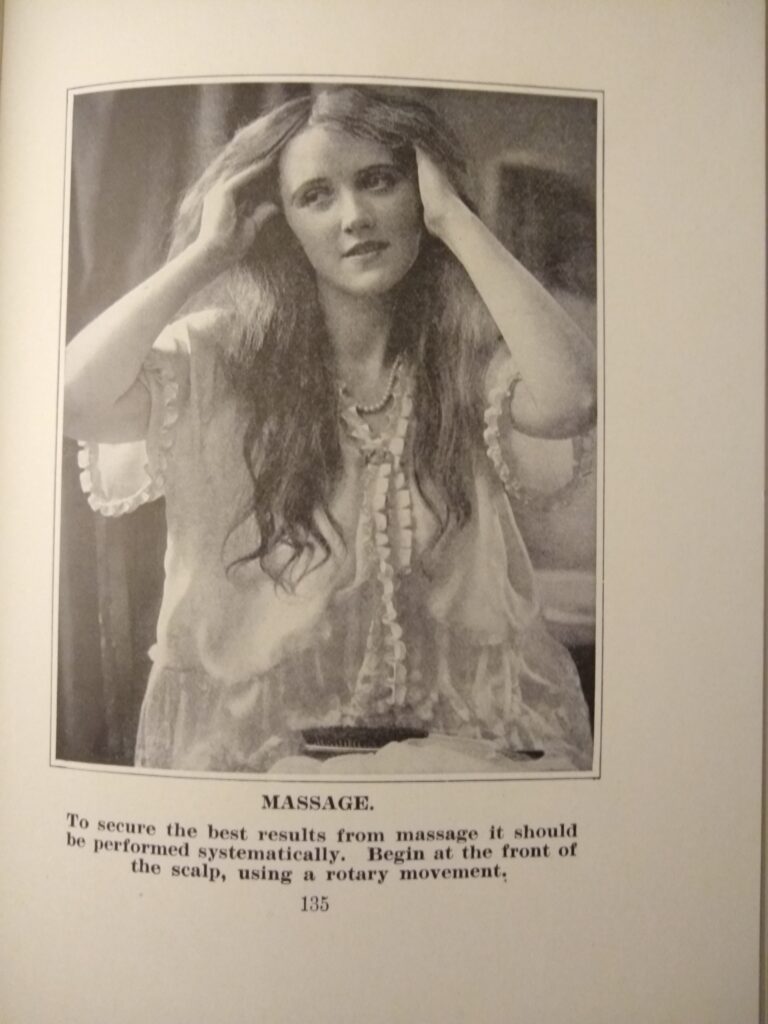
I researched seven technical tools for teachers to adapt and utilize when teaching adult learners history and literature. The goals of this Resource List is to provide instructors with options for an active environment in the classroom, whether it is traditional or online. These tools are mean to enhance the “community of inquiry” (Merriam, et al, 2020, p.33) and create within the classroom a dynamic atmosphere of sharing experience and engaged discussion, suited to students who will have a variety of learning styles, strengths, cultural backgrounds and interests. Each tool described below includes a link to the source, to an example. I provide a complete list with citations to academic reference material at the end.
Videos benefit students who have auditory and visual learning styles. 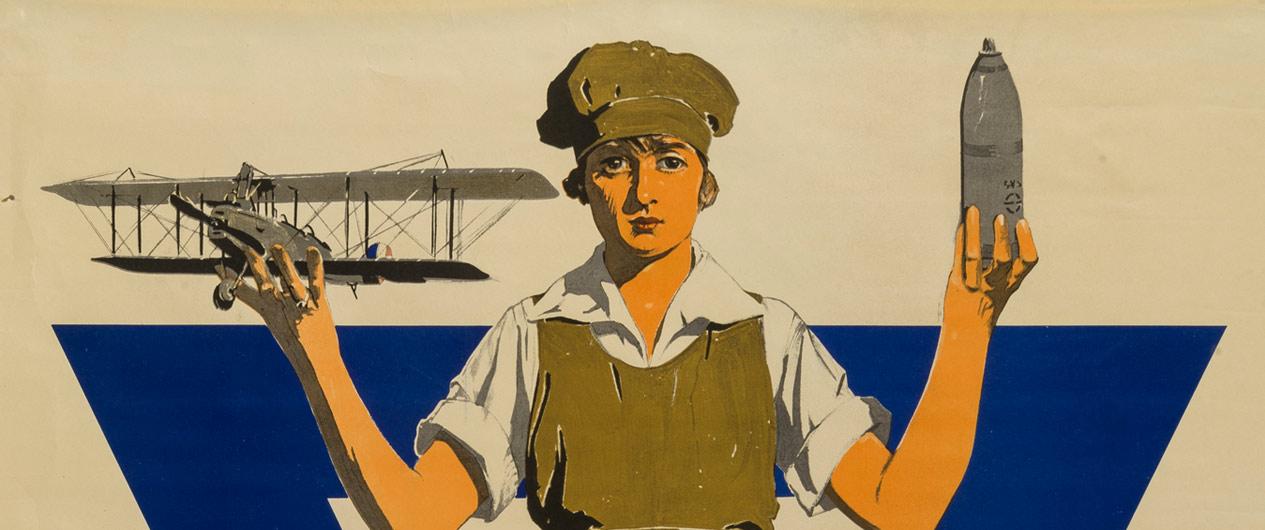

The student who uses a tablet will have the benefit of direct interact interaction — both visually and auditorily– with the material than they might with a book. This tool engages the student in several ways.
Students will learn to recognize the concepts of academic integrity and the understand which sources are appropriate or preferable to cite in academic writing: .org, .edu and .gov. They will find the value of navigating websites that offer peer-reviewed material. This process can encourage discussions of sources and integrate them with the process of selecting their topic for a project, engaging the students in inquiry: what era in history will they choose? What pieces of literature? Here’s an intensive look at this topic:
https://www.edutopia.org/article/how-get-benefits-interactive-notebooks-digital-formats
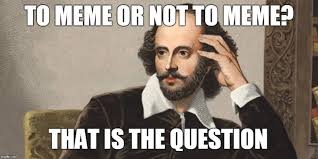
Memes and GIFs can be used to assist students who are working on a reflective writing project, or as a warm up or icebreaker in the class. At that point, a short group activity of students paired of can allow those familiar with these communication styles (Reyes, et al, 2018) to explain them to students who are new to this medium. GIFs and memes can be tools for students:
This article lays out several reasons to use GIFs and memes as classroom tools – to enhance communication and engagement with the students, among other benefits: Memes and GIFs as powerful classroom tools: https/facultyfocus.com/articles/teaching-with-technology-articles/memes-and-gifs-as-powerful-classroom-tools/
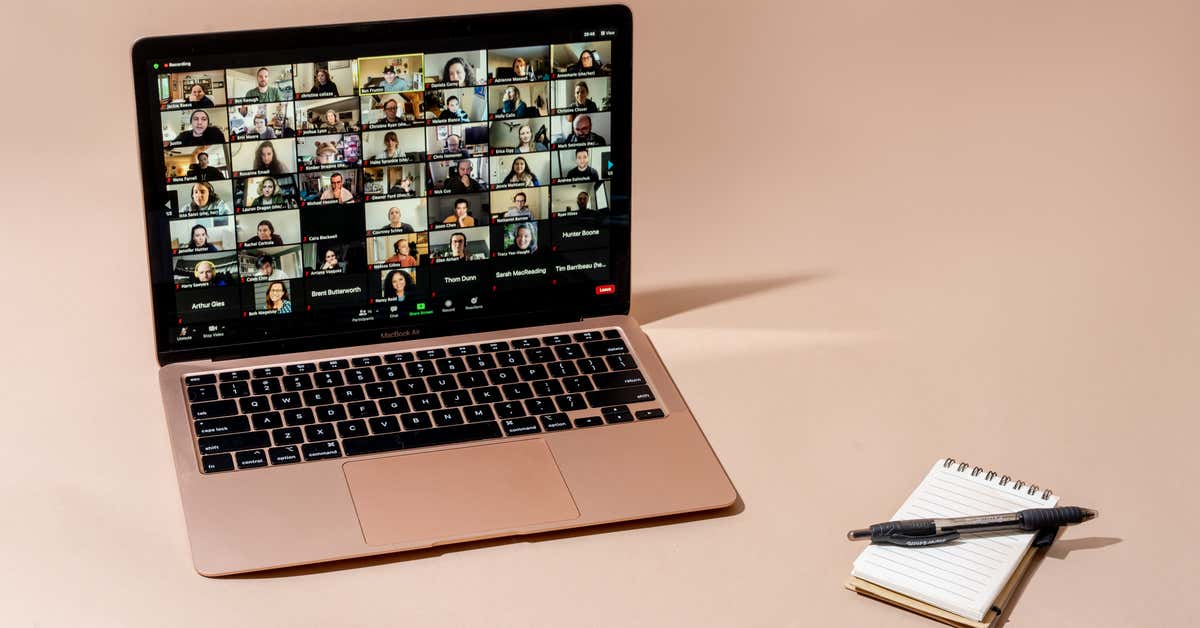
There are several benefits to video conferencing:
The instructor needs to monitor the discussion and make sure those who speak are heard and to be present and available for questions. Providing structure for the class, giving clear instructions about the deadlines and timelines for the work, respecting diverse cultures, races and economic classes of the students and making sure each participant is heard are all elements that the teacher will use to model academic integrity.
What Is Video Conferencing? https://youtu.be/N9JFvHKIbcM

An active discussion with clear times for completing cited, significant responses and replies from instructors and classmates provide a vital part of the online classroom. The benefits to the students include:
Academic integrity is modeled to the students by the methods that the instructor shapes and facilitates the discussion and encourages them to participate. The students can use this as a practice ground for shaping larger writing projects, ask questions about citation and assignment formatting or ask technical or time management questions. There are many levels to learning with this tool.
https://www.higheredgeek.com/blog/the-value-of-student-engagement-in-digital-education

Social media has the potential to engage students in the way that memes, GIFs and the more structured academic discussion forums do.
However, academic integrity or simple civility can be lacking in discussion groups, and students will need to use their best judgement when using this tool. This may be a testing ground to help students transfer some of their same enthusiasm to online discussion groups for the class topics of history and literature. Social media will engage students and that is part of the teaching/learning process.
Using social media in the classroom: https://www.youtube.com/watch?v=ZX3udVdEFnA

Students can learn a lot from creating an entry – or even researching the validity of Wikipedia articles.
This is another opportunity to model academic integrity: how has the person been depicted in the past? What were the sources used then? Is it important to portray people whose work has never become “famous?” Why? These lines of inquiry lead to the reason that we study history and literature.
I found this article on using this exercise to be insightful. I’ve edited Wikipedia in small groups and found it very engaging. I hope that other instructors might also find this tool to be helpful: Using Wikipedia for Learning: facultyfocus.com/articles/teaching-with-technology-articles/wikipedia-projects-for-learning
These seven technical tools for teachers can help them build a dynamic, active environment in their classroom. Adult learners who study history and literature will need reasons and goals for their work, as well an understanding of the context in which they are studying. Technical tools can help them see where we are on the continuum of studying both of these subjects or genres. The “community of inquiry” model cited by Merriam, et al (2020, p. 33) will help create an open environment for sharing and encouraging learners in a varied number of ways, and will support multiple learning styles.
Faculty Focus, McCann Systems. (2019, December 6). Technology in the classroom. Higher Ed Teaching Strategies from Magna Publications. Facultyfocus.com. https://www.facultyfocus.com/articles/teaching-with-technology-articles/improved-education-through-improved-technology/
Merriam, S. B., & Baumgartner, L. M. (2020). Learning in adulthood: A comprehensive guide. John Wiley & Sons.
Mitel. (2019, Jun 21). What is video conferencing? Video conferencing definition. Mitel. https://youtu.be/N9JFvHKIbcM
National WWI Museum and Memorial. (2020, August 5). How WWI Changed America: Women in WWI. YouTube.https://youtu.be/6UmERSpTtJc
Orlando, J. (2018, November 16). Wikipedia Projects for Learning. Faculty Focus, McCann Systems. Magna Publications. https://www.facultyfocus.com/articles/teaching-with-technology-articles/wikipedia-projects-for-learning/
Ramsdell, D. (2017, November 13). The value of student engagement in digital education. Informative, nerdy stuff, student affairs. Higher Ed Geek. https://www.higheredgeek.com/blog/the-value-of-student-engagement-in-digital-education
Reyes, M., Kaeppel, K, and Bjorngard-Basayne, E. (December 12, 2018). Memes and GIFS as powerful classroom tools. Faculty Focus. https://www.facultyfocus.com/articles/teaching-with-technology-articles/memes-and-gifs-as-powerful-classroom-tools/
Sherman, K. (2012, Jul 13). Network: Using social media in the classroom. Oxford University Press ELT. YouTube. https://youtu.be/ZX3udVdEFnA
Toro, S. (2021, April 27). How to get the benefits of interactive notebooks in digital formats. Edutopia Technology Integration. George Lucas Educational Foundation. https://www.edutopia.org/article/how-get-benefits-interactive-notebooks-digital-formats
Dear Readers,
I’m not sure how many of you are still out there, but the Emporium is back online after a long hiatus. Our Proprietor is hard at work at a nonprofit organization and working on her masters degree. So this may not be as costume-centric as it has been in the past.
Our lovely celebration at the Palace of Cows was cancelled this year due to the plague. We all missed it – and you – so much. In the next few days, I’m going to post some photos here, because we’ve been missing singing and showing people around London (inside the Cow Palace.)
Please be in touch if you’d like a copy of Tarot of the Tailors or any handmade, beaded jewelry, as listed on our Etsy site.
https://www.etsy.com/shop/malvenapearl?ref=search_shop_redirect
Bagpuss is a UK children’s TV show that our proprietor found out about on her 2008 trip to England with our dear pal Beth Woolbright. Wikipedia tells us, “UK children’s television series, made by Peter Firmin and Oliver Postgate. The series of 13 episodes was first broadcast from 12 February 1974 to 7 May 1974 through their company Smallfilms. The title character was “an old, saggy cloth cat, baggy, and a bit loose at the seams”. Although only 13 episodes were made, it remains fondly remembered, and was frequently repeated in the UK for 13 years. In 1999 Bagpuss topped a BBC poll for the UK’s favourite children’s TV programme.’
Beth and I had gone into Hamleys of London, an incredible toy shop that’s been open since 1981. We went in to look for Doctor Who toys but stopped first at the aisle of stuffed animals to find Paddington Bear. That’s where we first saw Bagpuss and several smaller dolls that were singing mice. This show is about a young girl named Emily, her stuffed cat named Bagpuss and their stuffed animal friends who help Emily repair old and broken items for her “shop” which doesn’t sell anything. In summary, it is a parallel life to that of the proprietor of Malvena Pearl’s Emporium. We haven’t sold much and we opened the place with a live Bagpuss-like cat named Roo.
In addition, we’ve recently heard of a shop in Oakland, CA that Doesn’t Sell Anything, either. Bravo!
Here’s Zasu, Roo and some other Emporium animals, assisting the Proprietor in testing the merchandise, supervising the projects and generally being helpful:

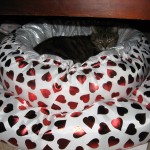
We are happy to announce that the Emporium’s Etsy shop will now feature organic body and skin care products by Mrs. Greenbalm. These healing oils, salves and tonics are created in Bend Oregon by Martha L. McCook. Our proprietor swears by these gentle products. Please visit our site to find our selection. As Martha believes, “love is the best medicine.”

 colored graphite study of flowers 1.17.11
colored graphite study of flowers 1.17.11